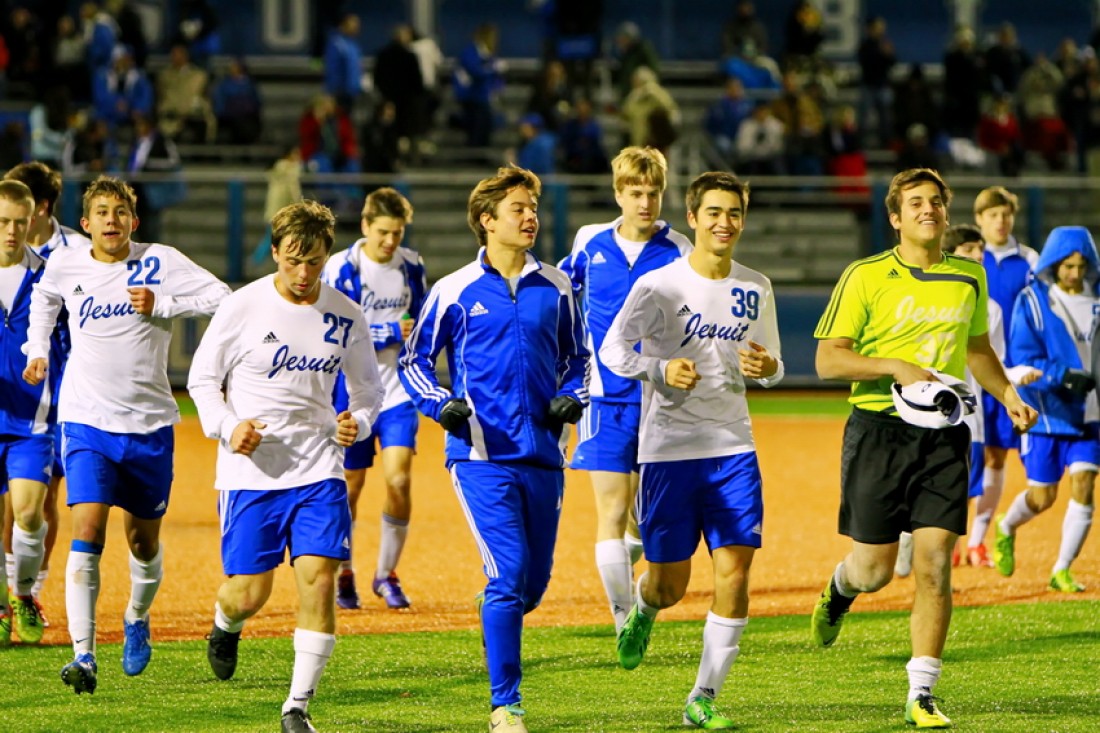These days, most coaches and players seem to have recognized the importance and need for a “cool-down” – some form of light or low intensity cardiovascular exercise – at the end of a training session or game. Many of the coaches and even some of the younger athletes I work with are able to explain in “layman’s terms”, some reasons why cool-downs are important. If/when I ask, I frequently hear responses such as “it gets your heart rate back to normal” or “it brings your body temperature back down.” Because this is a topic that has always been of interest to me, I thought I would look into it a little bit more by searching for an answer to the following questions:
- Is there any empirical evidence to support cooling-down following intense exercise?
- What type of cool-down will work best for soccer?
Among the benefits of cool-downs are, as stated earlier, a slow and gradual return of both heart rate, and body temperature, back to resting levels. Removal of lactic acid, which is a painful and toxic by-product of intense exercise including soccer, is also a critical benefit of cooling-down. Several studies (Brooks, 1985, Brooks 1986) have demonstrated that lactic acid is oxidized (a process by which it is removed from muscles and broken down into non-toxic pyruvic acid) following exercise, rather than during exercise. Furthermore, recent research has also shown that the removal of lactic acid from the blood (determined by measuring the blood concentration level) is enhanced by up to 25% when light exercise (about 35% of VO2Max) is performed following intense exercise, rather than when no exercise is performed (Dodd et. al., 1984). From this information, it can be surmised that performing a cool-down following soccer is a useful way to help remove some of the lactic acid that builds up during training and match play.
But what is the best intensity at which to perform a cool-down? A recent study set the intensity of the cool-down at a percentage of the lactate threshold (“LT” – the exercise intensity at which lactic acid accumulation begins to rise), rather than a percentage of VO2Max. They found that when subjects did their cool-down at intensities just below the lactate threshold (90-95% of the LT), blood lactic acid was removed faster than at lower (40% to 60% of the LT) intensities (Menzies et. al., 2010). This particular study was done using trained distance runners (not soccer players) however, because soccer players do run fairly large distances during games (up to 15 kilometres) and at relatively high intensities (70-80% of VO2Max), these findings are applicable to soccer.
Based on the research I examined, it seems as though soccer players will benefit more from cool-downs that are of a moderate/high intensity (90% of the lactate threshold) rather than of a lower intensity. The cool-down protocols in the studies I found used either running or cycling on a stationary bicycle for 10-15 minutes at the prescribed intensities. Because soccer is played on a field, running is the better choice for cooling-down, as it can be performed immediately following the completion of a training session or game. Hopefully this article has helped to shed some light on the science behind cool-downs, and provided coaches and players with some useful information to help them maximize their post-training/game recovery.
I’d love to hear your thoughts about this topic. Drop me a line here to get the conversation started.


Leave A Comment